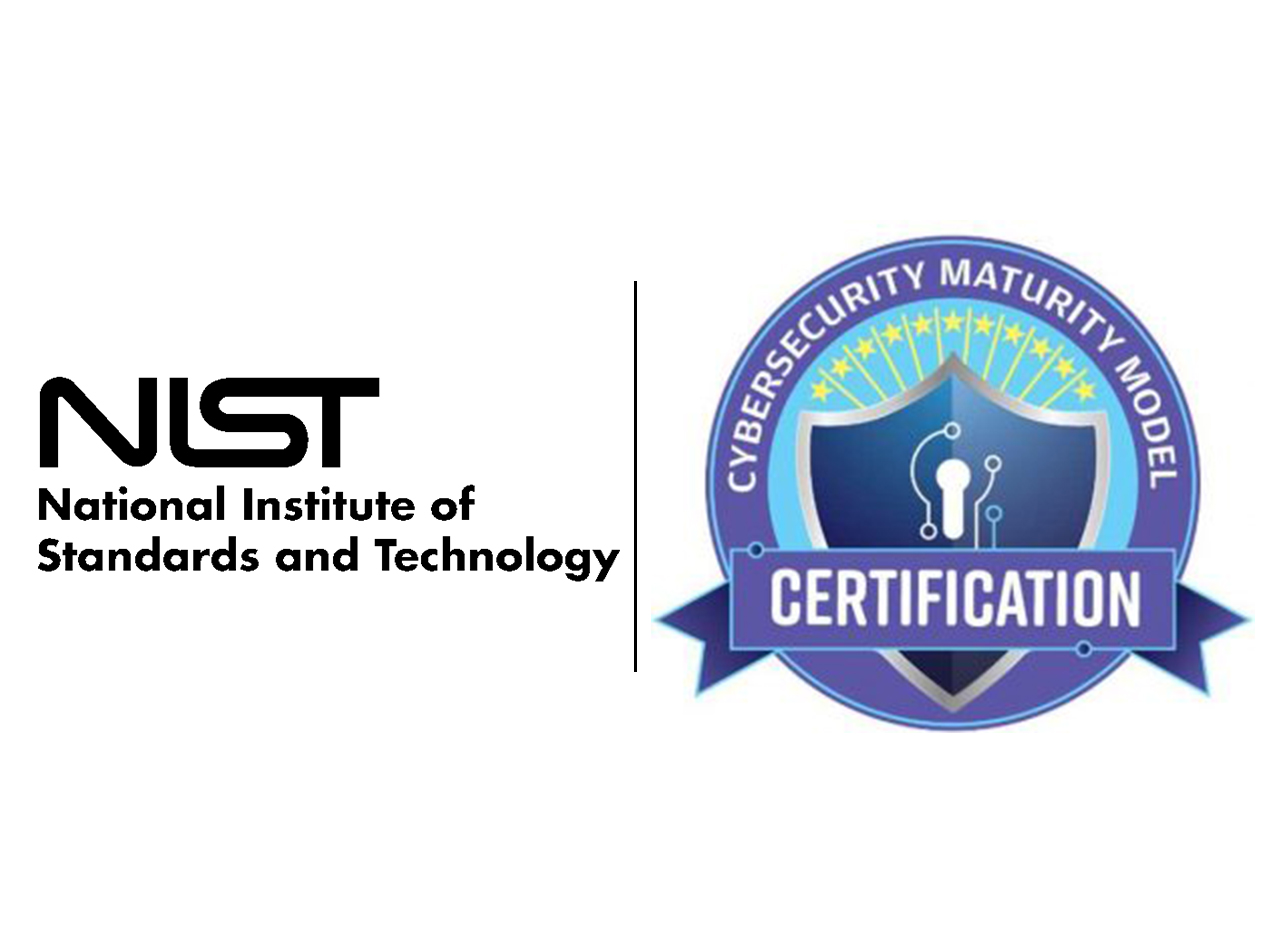
Conducting a thorough email security risk assessment safeguards your organization's data and communication. This evaluation forms a fundamental part of the broader cybersecurity strategy for any entity seeking to enhance its digital safety measures.
Understanding email security risks
Email communication poses several inherent risks, including:
- Phishing attacks: Malicious actors often use phishing emails to trick recipients into divulging sensitive information or downloading malware.
- Data leakage: Unintentional disclosure of sensitive information via email attachments or mishandling of electronic mail material.
- Unauthorized access: Weak authentication mechanisms can lead to unauthorized access to email accounts, potentially compromising sensitive data.
- Malware distribution: Emails containing malicious attachments or links can infect recipients' devices with malware, leading to data breaches or system compromise.
What is an email security risk assessment?
An email risk assessment is a comprehensive evaluation of your organization's email-borne cyber risk due to phishing, ransomware, and other malicious threats to business email. This assessment will provide valuable insight into the threats your business faces, the people within your organization who are at the greatest risk of being targeted in an attack, and the effectiveness of your current email security strategy.
An email risk assessment equips businesses with the information they need to identify gaps in their existing email security defenses and improve their digital security posture to prevent cyberattacks and breaches.
The importance of an email security risk assessment
- Identifying vulnerabilities: A risk assessment helps identify potential vulnerabilities in your organization's email systems and practices.
- Mitigating threats: Organizations can implement appropriate measures to mitigate potential risks effectively by identifying and understanding potential risks.
- Compliance requirements: Many regulatory frameworks, such as GDPR and HIPAA, require organizations to implement email security measures to protect sensitive data. The risk assessment helps organizations determine their compliance status.
- Protecting reputation: A successful email security risk assessment can enhance your organization's reputation by demonstrating a commitment to protecting sensitive information and maintaining confidentiality.
See also: HIPAA Compliant Email: The Definitive Guide
Conducting an email security risk assessment
- Define scope and objectives: Clearly define the scope and objectives of the risk assessment, including the systems, processes, and data to be evaluated.
- Identify assets: Identify email systems, servers, applications, and data relevant to the risk assessment.
- Threat identification: Identify potential threats and vulnerabilities to email security, including phishing attacks, malware distribution, data leakage, etc.
- Risk analysis: Assess the likelihood and potential impact of identified risks on your organization's operations and data security.
- Control evaluation: Evaluate existing controls and safeguards to mitigate email security risks. These include encryption, access controls, authentication mechanisms, etc.
- Gap analysis: Identify gaps or deficiencies in current email security measures and practices.
- Risk treatment: Develop and implement risk treatment strategies to address identified risks, including technical controls, policy updates, and employee training.
- Monitoring and review: Establish mechanisms for ongoing monitoring and review of email security controls to ensure effectiveness and compliance with evolving threats and regulatory requirements.
Go deeper:
What do the experts say?
According to cybersecurity expert Felipe Mafra, to keep your email security assessment tools and skills up to date, one must:
Choose the right tools
Selecting the right email security assessment tools is paramount for staying current. Organizations must consider features, compatibility, reliability, accuracy, cost, maintenance, and support for each tool, based on their scope, budget, and expertise level.
Update your tools regularly
“Once you have chosen your tools, it is essential to update them regularly to ensure they are functioning effectively and can detect and respond to the latest email security threats and vulnerabilities,” according to Mafra. The process involves updating the tool, configuring settings, checking logs, reviewing feedback, and comparing performance with other tools or benchmarks.
Learn from the experts
Organizations must stay updated on email security assessment tools and techniques by seeking knowledge from industry professionals through online classes, certifications, blogs, webinars, workshops, forums, and conferences, offering insights and best practices.
Practice your skills
“The best way to keep your email security assessment tools and skills up to date is to practice regularly and apply them to real-world scenarios,” says Mafra. By doing this, organizations can test and validate their tools and techniques, find gaps or weaknesses in the process to fix them, improve their reports and recommendations, and learn from both failures and victories while staying informed on current advancements in the field.
FAQs
What is the main risk when sending emails?
The main risk of sending emails is the potential for unauthorized access to sensitive information.
Who conducts risk assessments?
Risk assessments in healthcare often involve internal resources like staff or cross-functional teams with security and compliance expertise. However, resource availability and specialized expertise may be challenges. External options like HIPAA compliance consultants or security firms offer a fresh perspective, but may require collaboration between internal and external stakeholders.
Go deeper: Who conducts a risk assessment?
What are some emerging threats to email security in the healthcare sector?
Some emerging threats to email security in the healthcare sector include sophisticated phishing attacks targeting healthcare employees and patients, ransomware attacks that encrypt sensitive data and demand payment for decryption, insider threats from employees or third-party vendors with access to sensitive information.
Related: Trends for 2024: Paubox’s state of cybersecurity 2023 report
Subscribe to Paubox Weekly
Every Friday we'll bring you the most important news from Paubox. Our aim is to make you smarter, faster.




